For the past year, Australians have been told to listen to the experts. Schools were closed, businesses were forced to lay off staff and shut their doors, families were locked behind state borders, and it has been compulsory for Melbournians to carry a mask whenever they leave their house for the past nine months. All this, we were assured, was based on the very best scientific evidence.
But ‘The Health Advice’ differed based on which state one happened to be in. Australians were told repeatedly in the first few months of the pandemic that they should not wear masks, that all the best available evidence indicated that masks were ineffective. This changed suddenly in Victoria in the second half of 2020, where residents were forced to don face coverings, and other states soon followed suit. The contradictions remain: if you have a gathering of 60 people at your house in Western Australia this weekend, there are no restrictions. But move this gathering to South Australia and you must have a COVID-Safe Plan, appoint a COVID Marshall, and require your guests to check in using COVID SAfe Check-in.
This is not how science works. Years of rigorous preparation ensured that Australia would be ready for an outbreak of a pandemic such as COVID-19, but shortly after the virus arrived this preparation was discarded. Anyone who raised a question about the new, ill-conceived public health measures was deemed a selfish danger to society and shunned.
In fact, it was those calling for lockdowns, along with the politicians who ultimately implemented them, who were ignoring the best-available expert advice. The Australian Health Management Plan for Pandemic Influenza was first written in 2014 and updated by the Department of Health in August 2019, and provides a concerning contrast to what happened in 2020. Almost all aspects of the federal and state response to the novel coronavirus – from interstate borders, mandatory isolation and quarantine, hotel quarantine, school closures, and mandatory masks – entirely contradict the evidence-based and balanced Plan.
The Plan is based, in part, on an ethical framework outlined in 2008 under the Labor government, meaning that there was a bipartisan agreement that this framework is how Australia should approach the next pandemic. Individual liberty, privacy and confidentiality of individuals, and proportionality are three of the nine values outlined in the framework – and in fact, they come before protection of the public and the provision of care, two more key values. This implies that an appropriate response would maintain the institutions and values so key to our culture, which inevitably come under pressure during a national crisis.
Instead, there has been little care for liberty, privacy, or proportionality in Australia’s response to COVID. Australians are forbidden from even leaving the country without the express permission of the Department of Home Affairs, which graciously allows around 50% of applicants travel overseas. As mentioned above, South Australians can’t even have a private gathering at their own home with more than 50 people without recording the details of every person there. The last instance of community transmission of the virus in the state was in November. The Plan says that a proportionate response would “minimise social disruption” in the knowledge that “the risk is not the same across population groups”. This principle was quickly overturned in favour of blanket measures which caused the largest peace-time social disruption and inflicted the most harm on those who are least at risk from the virus: young Australians.
It is vital that politicians and bureaucrats are held accountable for their actions and decisions – this is a key feature of any well-functioning and legitimate democracy. This is usually the role of voters at elections, and of the fourth estate in the media in between them. But in 2020, the media became one of the loudest voices advocating for drastic lockdown measures. At the press conferences given by the Prime Minister in the early stages of the pandemic, it was journalists who were trying to cause a panic.
On 13 March, one journalist asked the PM and Chief Health Officer, “You see things like schools closing down in lockdown, like we have seen in Italy. When is the time when that would need to be done [in Australia]?” If the journalist had bothered to read the Plan, they would find that the carefully thought-out, evidence-based expert view was that school closures are “not generally recommended” and that “the level of disruption is likely to outweigh benefits.” At a later press conference, on 27 March, clearly not happy with the severity of restrictions, another journalist told the PM that “more comprehensive restrictions would result in a shorter disruption and fewer deaths.” The PM warned journalists not to go down this path of fear-mongering, saying, “I would actually caution the media against using the word ‘lockdown’, because I think it does create unnecessary anxiety because that is not an arrangement that is actually being considered in the way that term might suggest.”
But create unnecessary anxiety they did, and after stirring the public into a toilet paper buying frenzy and causing mass panic, the political class was provided the cover it needed to implement the most severe restrictions on Australians’ lives during peacetime.
The idea behind allowing China to join the World Trade Organisation in 2001 was that after becoming part of the liberal, rules-based order, China would liberalise; in other words, it would become more like us. Instead, the opposite has happened. The lockdowns in Australia were far from liberal or democratic. It was not, after all, the Chinese Communist Party who arrested Zoe Buhler, a pregnant mother, in front of her two children in her home for posting her opinion about the lockdowns on social media. That was Victoria Police.
While China has a state-run media, Australia appears to have a media-run state. Journalists no longer report the news, but project their views and agendas and, in doing so, have undermined the institutions and values central to our way of life.
Got something to add? Join the discussion and comment below.
Get 10 issues for just $10
Subscribe to The Spectator Australia today for the next 10 magazine issues, plus full online access, for just $10.

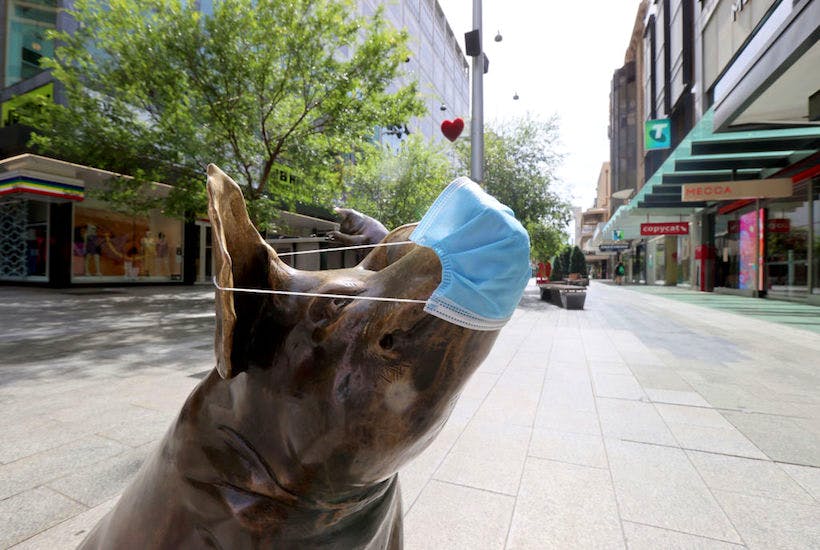
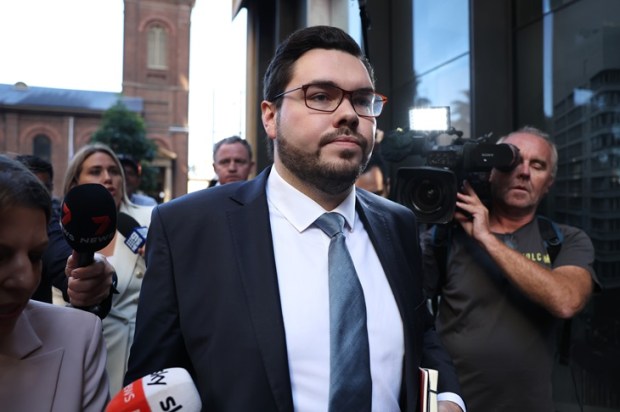
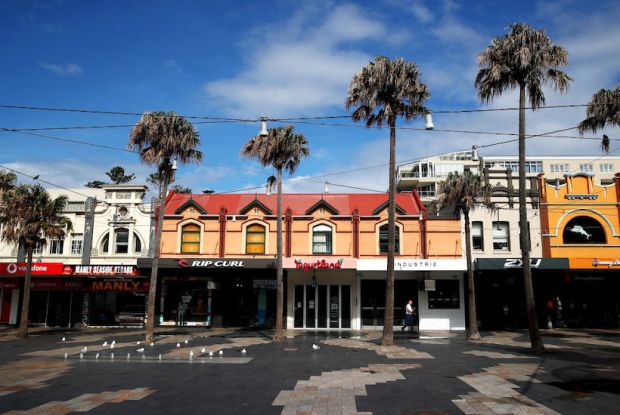
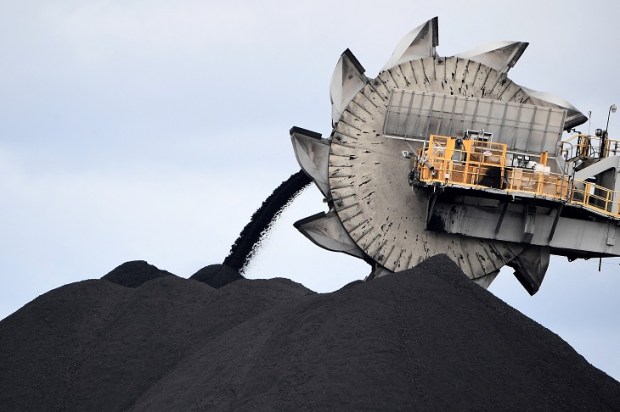
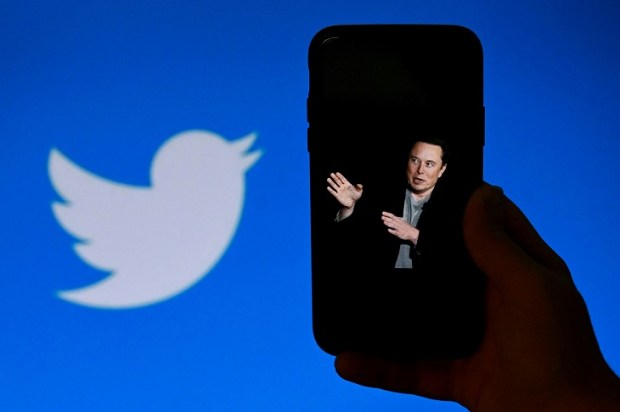
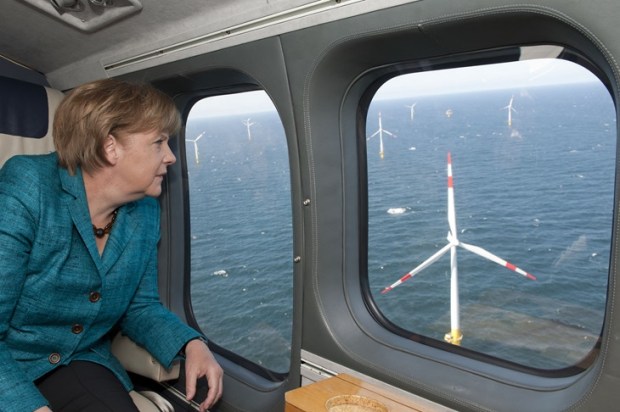


















Comments
Don't miss out
Join the conversation with other Spectator Australia readers. Subscribe to leave a comment.
SUBSCRIBEAlready a subscriber? Log in